If you’re in the process of developing a new product, you need to be thinking a few steps ahead. Will the finished product tick all the boxes we want? How will we package it? One of the most important steps to consider is the product launch and the marketing campaigns that will go alongside it.
Your product marketing manager and their team will already be looking at ideas and concepts, even as the product itself is in its initial stages. What sort of product launch will they have? Will they rely on traditional marketing tactics such as print advertising, or will they lean more towards a digital marketing campaign and social media saturation?
It doesn’t matter whether your product will be coming to market in six months or two years, planning the marketing campaign that will promote it and hopefully attract new customers should start now. Marketing is not just about highlighting the product when it launches. It’s also about getting it into the public’s mind well before it is available. Anticipation is a powerful sales tool.

The marketing strategies you employ before the product launch and just after are as important as those you will use during the product’s live lifecycle. Getting the product into the consciousness of your target demographics and creating a real sense of want and anticipation can mean that, once launched, you see a major spike in initial sales figures.
But it would help if you found the right marketing plan for your product and your audience. As with other sales and marketing areas, there is no one size fits all plan, but you can get a general idea of what might work for you. Let’s take a look at some of the best pre-launch strategies you can employ.
1. Previews & Reviews
If your company has a history in the market, you should have a database of previous customers you think will buy this product. If you are a startup, you may have considered buying a mailing list of industry-specific customers to introduce to you and your product(s).
However, if you are looking to obtain ready-made mailing lists, be aware of and adhere to the EU’s new GDPR.
This group of customers can be specifically targeted in several ways:
- Hold a special event, in real life or virtually, that showcases your product. This can include demo videos, webinars, and other similar ideas.
- Depending on your product’s technical nature, offer a select group of existing customers, the opportunity to be beta testers. This will create interest and excitement and offer your company external feedback that you can pass to the product development team.
- Create a special offer for previous customers who pre-order your new product.
- Organise focus groups to look at and discuss marketing ideas. These can be of huge help to business owners who want to get it right the first time.
- If you are an eCommerce business, look at whether you need special strategies, such as creating a shoppable Instagram post (or posts).
It’s not just about customer reviews. Depending on the nature of your product, there may be industry-specific websites, print media, etc. that focus on the type of product you make. By providing them with up to date press releases or allowing them to preview your product, you are extending reach with little or no investment. Always invite the media to your next product launch too.

Products already in the market will have reviews and recommendations across a wide range of media, from your own website and social media page to industry-specific ones. Of course, you will not have these existing reviews to the same extent when launching a new product, but you can still get the ball rolling.
As well as any reviews by interested and relevant media, you can look to garner reviews from your beta testers or existing customers who get to try out the product before launch. While this may not give you the volume of an existing product, it still gives you another tool for marketing pre and posts launch.
2. Special Offers

Everybody loves a special offer. However, applying a special offer to a new product is a little different from trying to shift leftover stock. Some ideas for offers include:
1. Discounted Pricing.
This can be a great way to encourage pre-orders and build your initial sales volume. You can also apply it for a limited time period post-launch to give you a boost.
2. Packages.
Offering some packaged deal is a way to promote a new product and help you move stock or services you already have. Creating a bundle as a special offer attracts customers and will often include a loss leader.
3. Vouchers or coupons.
Even where you offer your latest product at full price, you can create added interest by offering vouchers or coupons towards other products or services you offer.
4. BOGOF.
Buy one, get one free has always been a popular marketing tactic. This sort of offer works particularly well with products that have a relatively short life such as grocery items or household cleaning products, but it can work in other areas too.
5. Free things!
Everyone loves giveaways. You can package hard to sell stock or overstock with your new product, encouraging sales and clearing your warehouse simultaneously. This is especially great for small businesses with limited space.
6. Loyalty cards or programmes.
If this is something that you have already established, it can help promote a new product. Offering something like double or triple points on that product will add to customer interest. You could also offer particular discounts to subscribers.

Email campaign from Glossybox
7. Upgrades and Trade-ins.
These can work on different levels. A big driver for this sort of marketing is the environmental angle. By incentivising your customers to return an old device/product, you ensure that you can responsibly dispose of them and recycle any parts that can be used again.
You can include collecting the old item if the new one is being delivered or they can upgrade/trade-in at a physical location. This strategy can also promote brand loyalty, encouraging them to upgrade with you again and again.
Whatever strategy you feel best suits you, remember always to set a limited time frame on that offer. Creating a sense of urgency is a powerful sales tool. It makes your ideal customers perceive that they are special and that only a minimal number of people are receiving any offer.
3. Google
Google can be an exceptional online tool when it comes to launching a new product. This is especially true if you have a new or existing Google My Business (GMB) account. GMB allows you to promote your business via Google search and maps. It allows you to post updates, receive reviews, and also see how your customer base interacts with your company via Google.

GMB offers various choices to promote your new service/product. You can use the “What’s New” option to let customers know about your new product. Or you can use the “Offer” option if you are giving some introductory deal, package, or discount. Always use some visuals of your product and always have a CTA (call to action).
You may also want to add pictures and details of your new product to your actual business profile. This allows customers/visitors to see that product when they visit your profile and pique interest in learning more. You can also include FAQs, technical details, and videos of your product in action if relevant.
To get the best results from using GMB to market a new product, remember these three main guidelines:
- Always ensure any product images are clear and meet Google’s sizing rules.
- Before marketing via GMB, ensure your profile has maximum visibility.
- Utilise all four sections of your Google profile: Photos, Products, Posts, and Q&A.
4. Social Media
Social media is now a huge marketing tool for most companies. The visibility and reach have been growing swiftly over the last few years. Your contact centre should have omnichannel capabilities to manage a variety of platforms best.

The following statistics can give you a good overview of just how important social media can be in terms of marketing:
- There are more than 3.5 billion social media users.
- On average, people spend around 3 hours a day using social media platforms.
- 73% of marketers think that marketing via social media is either “somewhat effective” or “very effective”.
- 54% of social media users utilise the various platforms to research products.
- 71% of consumers who have had a positive experience with a brand on social media are likely to recommend the brand to their friends and family.
- Influence recommendations can have a direct effect on 49% of consumers.
- Mobile devices account for 91% of all social media user’s access.
There is no doubt that social media is the most powerful marketing tool of our era, but using it and using it properly can be two very different things. It used to be that businesses would make a post on their own pages and/or on relevant groups. But as social media has grown and evolved, so has how different products are marketed via the various platforms.
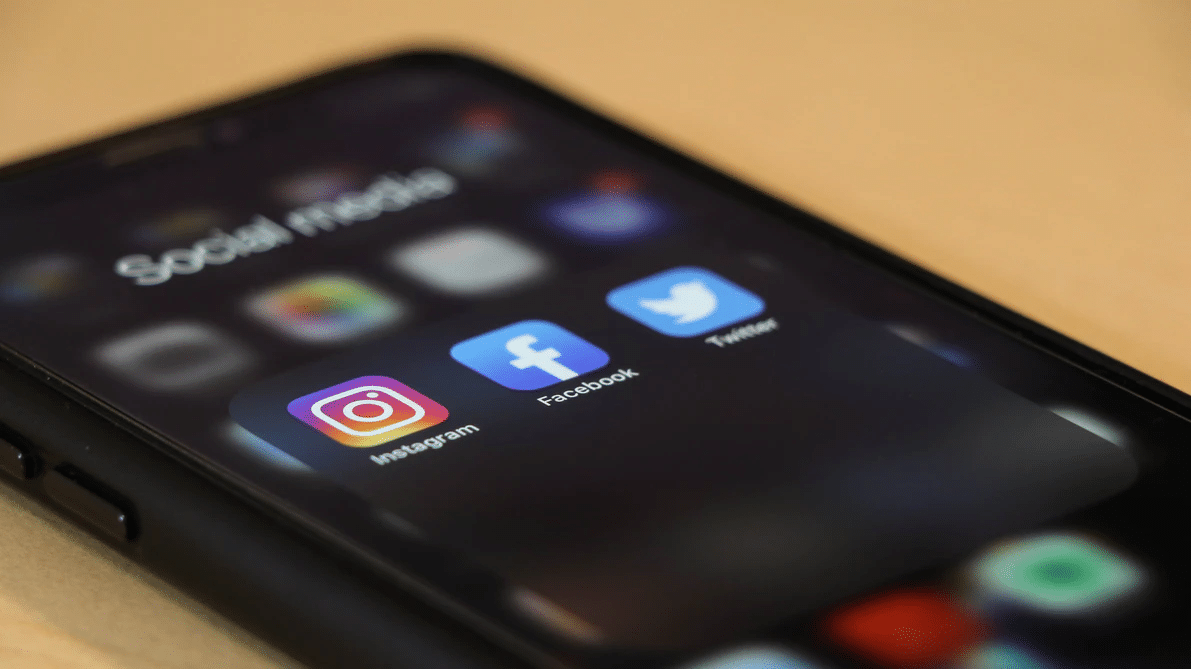
The most important thing to remember is to not just dive in. You need to have well thought out strategies and social media policies in place first.
Goals
What are your goals, and how can social media help you achieve them? Do you want to raise brand awareness, increase traffic to your website, or boost sales? Some platforms, especially Facebook, are also proving to be a major conduit for customer service contact and enquiries.
Content
What you decide to post will play a big part in social media marketing success. Knowing what your target customer engages with will play a big part in deciding your content. Some users like videos, others may like educational content or simple pics and text. Your content marketing strategy needs to understand the needs and restrictions of each platform and adjust accordingly.
Monitoring and engagement
These are two crucial factors when it comes to any social media campaigns. Identifying how users respond to your posts allows you to either continue in the same vein (where reactions are positive) or tweak or adjust your content (when reactions are negative). Look at how customers respond to similar products (both your own and competitors) in the weeks before launch to have the best chance of success.
Timing
Times can also be important. There is no general rule to this as optimum times and days can differ across the various platforms. Spend some time researching your target market, and draw up a schedule for what content you are posting when and where. It is also worth remembering that too many social media posts on the same subject can put people off, so avoid social media saturation.
Influencers
Love then or hate them, influencers now play a big part in social media marketing. If identifiable influencers are working in your industry type, then look at establishing mutually beneficial relationships with those who have the most visibility and reach.

Influencers often have huge followings across several social media platforms. Many consumers see influencers as a ‘real voice’ when it comes to marketing. Brands now recognise this as a major marketing tool. In fact, brands spent GBP 776.7 million on Instagram influencers alone in 2019.
Paid Ads and Shareable Content
Depending on your budget’s size, you may be cautious about paid ads on social media, or you may be extravagant. The advantage of paid ads is that you are not relying on the people already connected to your brand.
A cheaper way to extend your reach is for your existing followers to share your content. That can lead to an exponential number of eyes on the content you have created. Of course, your content has to be unique, engaging, or interesting for that to happen. Look at what is already trending and is seeing multiple shares as a guide.
5. Website
For many companies, your website may be your primary sales and information portal. If you want good conversion rates, then you need to make sure your website is at the top of its game. This can be most true if your website is based on a basic template.
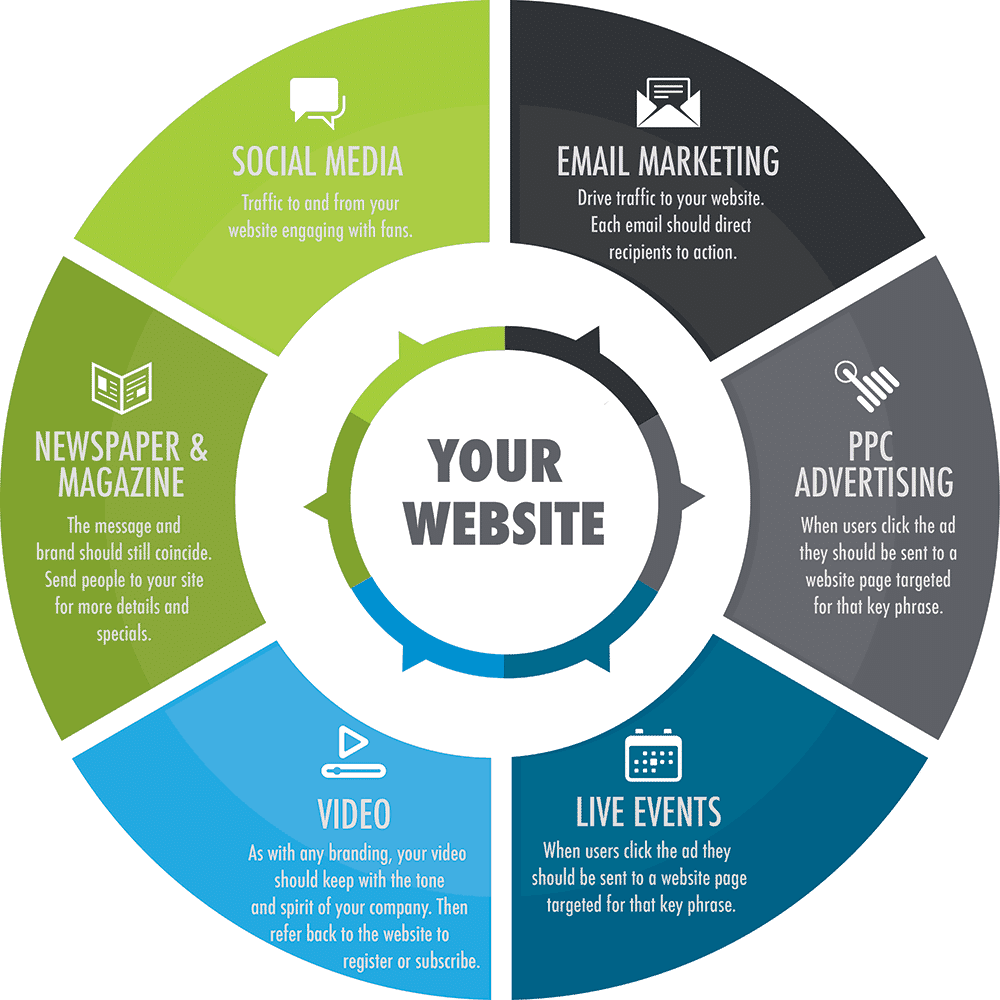
There are several factors to address to ensure your website is as optimised as it can be:
SEO (search engine optimisation).
Unless people know your brand and are coming directly to your website, you are depending on traffic coming via search engines. Your average Google user will not be using Boolean operators or complicated terms. They will be using a small number of word and looking at the top few results.
Do careful research as to what keywords or terms apply to your business and/or product. What terms are the top-ranking competitor’s sites using? There are also tools, such as Google Keyword Planner, that can help you with this. Applying your identified keywords across all website content will increase traffic and help drive conversions and sales.
Content.
As with any marketing, your content is essential to getting your sales message across. It’s not a case of filling up your website then leaving it to do its own thing. Adding new content regularly will have your website showing up in more searches.
Any content you create needs to be valuable to your target audience. They should want to engage with it and share it. That means how-to guides, infographics, videos, or interesting articles, not a keyword-stuffed blog post designed for search engines.
Speed.
If you click through to a landing page, and it doesn’t load, you’re likely to leave. How fast your website runs is going to play a role in how your customers view your site and how it ranks. In fact, Google is now ‘punishing’ sites with slow speeds by labelling them on Chrome. Check how fast your website is running regularly by using one of the handy speed test tools.
Regular checks are essential, especially after uploading new content as this can slow your speed down significantly.
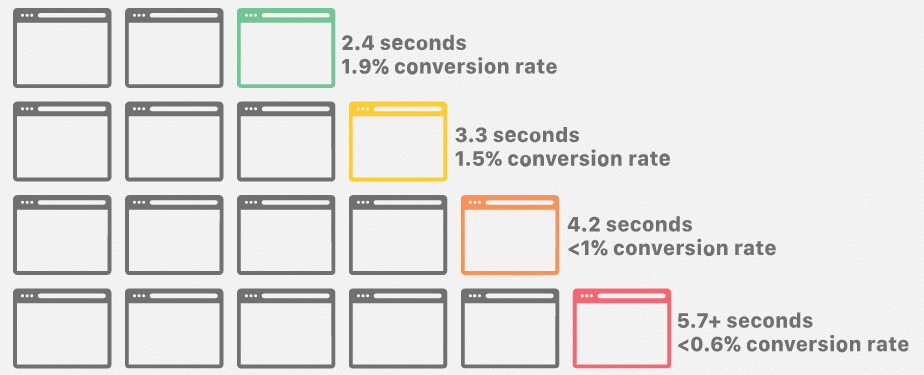
Online infrastructure is developing fast, especially with things like cloud computing and IaaS (infrastructure as a service). Whatever type of system you use, ensure it meets your needs and your customers’ needs.
FAQ Section.
While you will want to promote good customer service with easy-contact options for your customers, you don’t want to clog that service up with questions that are easy to answer.
Ask your sales team the most commonly asked questions. You can then construct an efficient FAQ section for customers to check before contacting you via email or Live Chat. This can be especially effective for new products as consumers will always have questions about it.
6. Email
Many people assume that email marketing has lost its power. But while social media marketing has certainly caught up and is still growing, emails are still a highly effective tool. In fact, utilising emails offers an ROI of 4400%.

The important thing to consider about email marketing is how you use it. If you focus on targeting new customers, your email may end up labelled as spam and quickly deleted. But if you use it to communicate with existing customers from your database, most of whom see you as a trusted brand, it offers you opportunities on several levels.
Marketing emails usually fall into one of four categories:
- Commercial Marketing. The most used format is probably intended to catalyse impulsive buying and push sales, especially for a new product or promotion.
- Loyalty Marketing. Targeting repeat customers and encouraging customer retention and in turn generating new sales. This can include special discounts or promotions based on their previous buying behaviour and referral offers. Additionally, you can use email signature marketing to build trust and improve the customer retention rate.
- Location Marketing. If you are looking to increase traffic to your physical location, this can be a good way of doing it. You can offer special promotions only available in-store which may also be limited to those on the email list.
- Informational Marketing. This type of email may not be looking to generate immediate sales. It may promote a special event or advise of a forthcoming new product. It may also look to provide information on a product or seek feedback on one.
7. Organic Visibility
Although we have covered SEO and web site optimisation, it is worth considering organic visibility on its own. It’s a term that óften confuses people so let’s look at the definition from the people who came up with the metric.
“Organic Visibility is a metric designed by Dragon Metrics to help quickly summarize your organic ranking performance. This score roughly correlates to the average expected click-through-rate for all keywords tracked in the current set.”
Setting up and maintaining your organic visibility is a combination of both science and art. It is also an area that is constantly changing and it is worth looking at your own metrics on a regular basis. The algorithms that dictate how a site appears on Search Engine Results Pages (SERP) are arcane, to say the least.
The thing to remember is not to expect instantaneous improvements. It can take time and effort to get to the place you really want to be: high SERP rankings across several search engines (but especially Google). This isn’t a tactic to employ the week you launch a new product. Rather, you should be investing in it months beforehand.
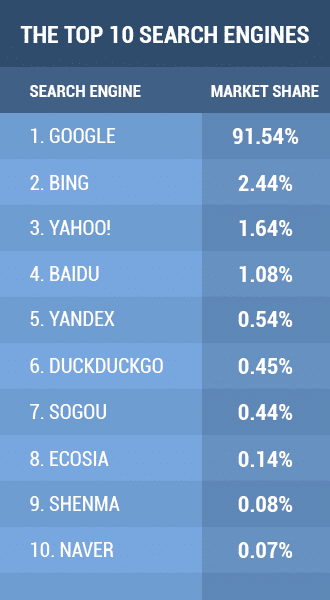
One thing that has come out of research into organic visibility is the need for a “trigger page”. A page that delivers well-written and informative content that engages your customers and, hopefully, makes them want to share it.
Your trigger page should have two primary goals: firstly, to maximise your site’s organic visibility. And secondly, to get any visitors to move to a page where there is an opportunity to convert interest into sales.
8. Customer Service
Customer service should always be an important part of the service you provide. But this can be especially true with the launch of a new product. No matter how much testing and checking has been done, customers will nearly always experience some new product issues. This may be due to unfamiliarity with new features, or it could be a technical problem.
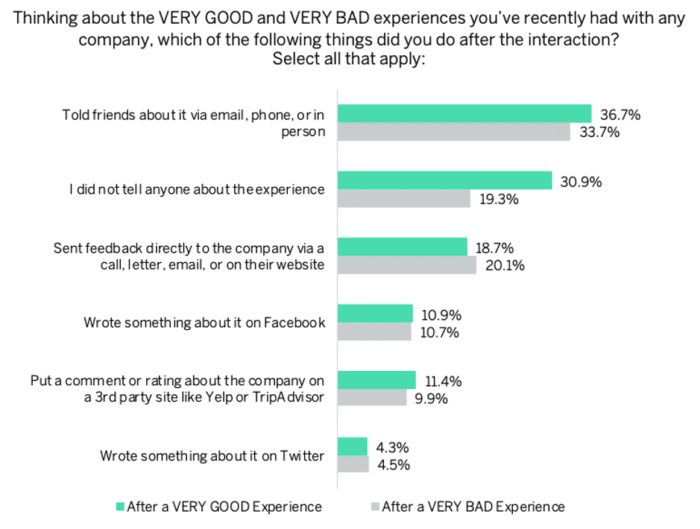
As well as a carefully-constructed FAQ section, you may wish to consider a dedicated customer service channel for a limited period. This can work well where you have an electrical product, software, or something where there is a lot of room for uncertainty or things going wrong. Solutions like RingCentral’s communication platform make it easy to connect with customers.
Having questions answered or problems solved in the shortest possible time will reflect well on your brand and will enhance the overall customer experience. It also increases the chances they’ll mention you positively to friends or on social media, driving more new customers towards you.
Key Takeaways
Marketing a new product is not a precise science, but certain strategies will help. Your product marketing manager (or team) needs to analyse what platforms and marketing tools best suit your business, product, and customers.
Knowing your customer demographic and knowing your product are the two foundations of new product marketing campaigns. Consider:
- Who wants to buy this product?
- What problem (if any) can this product solve for them?
- What reasons might a customer have for buying this product?
- Are you targeting new customers or previous/existing ones?
- Is remarketing a good option?
While enthusiasm about the product you are marketing is essential, it should be tempered with caution. Learning from your competitors’ successes – and mistakes – can also help when it comes to your own marketing efforts.
Remember: don’t be afraid to alter your strategy when you see elements are not working. Learning and adapting can play a big part in success, and help you host many successful product launches in the future.
Get more information on RingCentral Office Rapid Deployment.Find out more
Originally published Feb 17, 2021, updated Apr 15, 2021

